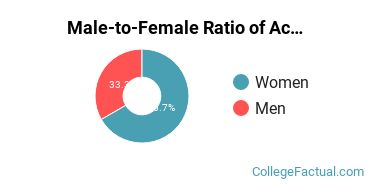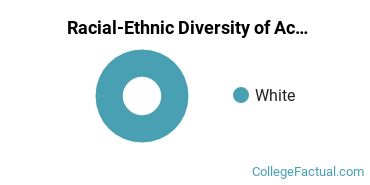 by our College Data Analytics Team
by our College Data Analytics TeamAccounting is a concentration offered under the accounting major at York College of Pennsylvania. We’ve gathered data and other essential information about the master’s degree program in accounting, such as diversity of students, how many students graduated in recent times, and more.
You can jump to any section of this page using the links below:
In 2019-2020, the average part-time graduate tuition at YCP was $715 per credit hour for both in-state and out-of-state students. Information about average full-time graduate student tuition and fees is shown in the table below.
| In State | Out of State | |
|---|---|---|
| Tuition | $12,870 | $12,870 |
Online degrees for the YCP accounting master’s degree program are not available at this time. To see if the school offers distance learning options in other areas, visit the YCP Online Learning page.
Women made up around 66.7% of the accounting students who took home a master’s degree in 2019-2020. This is higher than the nationwide number of 54.1%.

None of the accounting master’s degree recipients at YCP in 2019-2020 were awarded to racial-ethnic minorities*.

| Race/Ethnicity | Number of Students |
|---|---|
| Asian | 0 |
| Black or African American | 0 |
| Hispanic or Latino | 0 |
| Native American or Alaska Native | 0 |
| Native Hawaiian or Pacific Islander | 0 |
| White | 3 |
| International Students | 0 |
| Other Races/Ethnicities | 0 |
*The racial-ethnic minorities count is calculated by taking the total number of students and subtracting white students, international students, and students whose race/ethnicity was unknown. This number is then divided by the total number of students at the school to obtain the racial-ethnic minorities percentage.
More about our data sources and methodologies.